Einleitung
Google is looking to bring the robot assistants of the future to the world today. Equipped with Google Assistant, the Google Home is raring to work with smart home devices, support Google services, and answer your everyday questions. Does it have what it takes to fulfill your futuristic fantasies and smart home dreams? Time to tear down the house Home!
We don't want you to miss a thing as the future becomes the present. Follow us on Instagram, Facebook, or Twitter to stay caught up.
Werkzeuge
-
-
Ok, Google. Let's look at your Home's specifications:
-
High excursion speaker with 2” driver + dual 2” passive radiators
-
Far-field microphones
-
Customizable base
-
802.11ac (2.4GHz/5Ghz) Wi-Fi
-
"Touch surface" controls
-
Armed with some X-ray reconnaissance from Creative Electron, we stand ready to begin this Home invasion.
-
-
-
No neat smell from this
air freshenerunit (so far), but we do find a "standby" button for Home's microphones, along with a status LED. -
The foot features the A/C power port, model number, and various certifications.
-
With a diameter of 3.79 inches and a height of 5.62 inches, this rounder, gentler, speaker comes in just over half the height of the Amazon Echo.
-
-
-
Removing the base gives us our first look at that high-excursion speaker and a hidden micro-USB debug/programming port.
-
To pull out the four Torx screws hiding deep in the speaker recess, we pull out our set of fixed-blade screwdrivers for a little extra reach.
-
Once they're out, we pop the top. The lid separates with ease, and finally the capsule is open.
-
-
-
Here we see the Home's tiny telegraph machine. Just kidding. Its an arm that goes between the mute button and its switch on the board, to give it just the right amount of springy resistance.
-
After sending out a few test signals, we move on to disconnect a pesky interconnect cable.
-
This cable runs from motherboard up to a board tucked in the top of the lid, probably home to a fancy microphone and LED array.
-
-
-
We turn up the heat on this teardown and bust out some enhanced interrogation tools—an iOpener and dental pick to be exact.
-
There is some seriously serious adhesive holding this board to the upper case.
-
With a final yank (and a healthy dose of isopropyl alcohol to dissolve the oodles of glue), the LED board comes free to reveal the source of our struggle: a ton of adhesive tape.
-
-
-
Here's the source of our board removal strife: A layer of super sticky adhesive, keeping the capacitive board in contact with the plastic upper case.
-
This side of the board also hosts an array of 12 status LEDs.
-
On the backside we find some chips:
-
Atmel ATSAMD21 32-bit ARM Cortex-M0+ microcontroller
-
Two NXP PCA9956BTW LED drivers
-
Two InvenSense INMP621 MEMS microphones—will only two be enough compared to the Echo's seven?
-
Ambient Light Sensor
-
-
-
The stretchy o-ring seems to be the key to delving even deeper inside this smart speaker.
-
This seems a more repair-friendly solution than the layer of stuck-down fabric we sliced off the Echo.
-
We pry open the casing and reveal exciting green fields of magic and mystery:
-
The motherboard!
-
-
-
We're having déjà vu with these chips, as most of them (CPU, flash, and RAM) made an appearance in last year's Chromecast:
-
Marvell 88DE3006 Armada 1500 Mini Plus dual-core ARM Cortex-A7 media processor
-
Toshiba TC58NVG1S3HBA16 256 MB NAND flash
-
Marvell Avastar 88W8887 WLAN/BT/NFC SoC
-
Texas Instruments TAS5720 audio amplifier
-
Samsung K4B4G1646E-BYK0 512 MB B-Die DDR3 SDRAM
-
Marvell power management
-
Texas Instruments TS3USB31 480 Mbps USB 2.0 switch
-
-
-
The footy bit that holds the magnets for the bottom case also has a mystery cable locked inside it.
-
Closer inspection reveals: yet more mystery!The cable sports four contact points. Perhaps more testing points?
-
Recognizes the color of the base, so the Home can coordinate its outfits better.
-
Vestigial charging mechanism. (Maybe the Home's architects intended it be a portable device?)
-
Abandoned easter egg dungeon level for teardown engineers.
-
-
-
We pull the speaker casing apart into its two halves....
-
....pluck out the driver...
-
and there she be!
-
Looks like the Home is powered by a Peerless PLS-50N25AL07-04, likely very similar to the PLS-50N25AL01-08.
-
But, from our multimetering, and reading of that final "-04", it looks to be a 4 ohm version.
-
-
-
Google Home Repairability Score: 8 out of 10 (10 is the easiest to repair)
-
Minimal moving parts means there are minimal points of failure.
-
Only standard screws and connectors are used throughout the device.
-
Many components are modular and can be replaced individually.
-
The DC-in port is soldered to the motherboard, but is unlikely to experience much wear, considering the device stays plugged in.
-
The touch board is strongly adhered to the upper case.
-
60 Kommentare
Does it have GPS?
No, that's why it asks you to input your address during the setup process.
izzy -
Why would a stationary, internet-connected device have a GPS receiver?!
Amazon advertises that in the Echo, the mute button uses analog electronics to disconnect the microphone so that it's impossible for a software hack to ignore the mute button. Can you tell if this is the case with Google Home?
Great question! I'd also be interested to know this.
Im also interested in this question
+1 to the question
Can you point to where this is advertised? I'm very curious how this works as the button does not feel like it's toggling anything.
I don't think bluetooth is necessary because I can cast to Google Home from the Home app.
It's much better than Bluetooth .
Ditto! - Let the imbecile... ummm umbilical cord be cut.
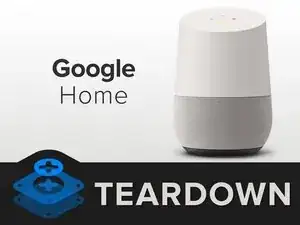
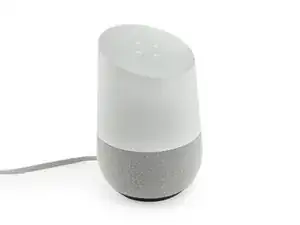
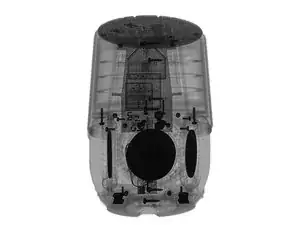
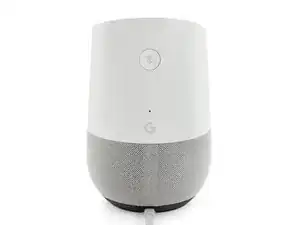
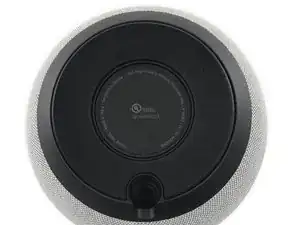

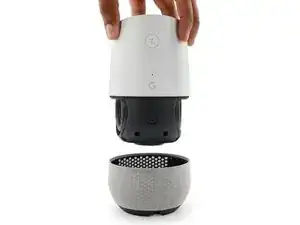
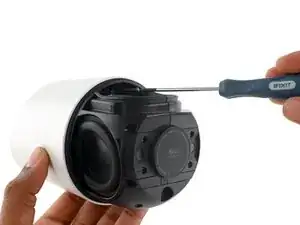
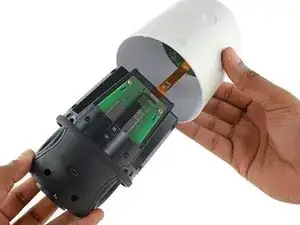
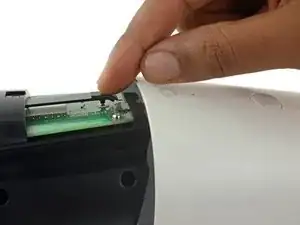
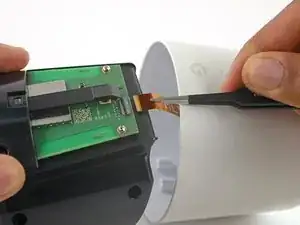
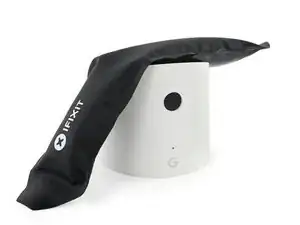
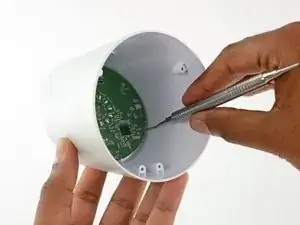
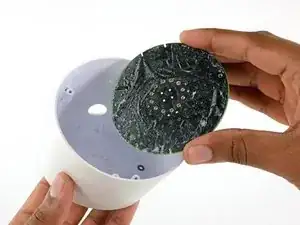
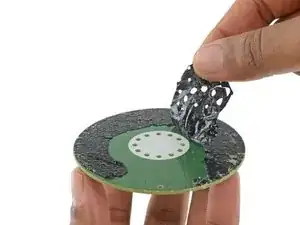
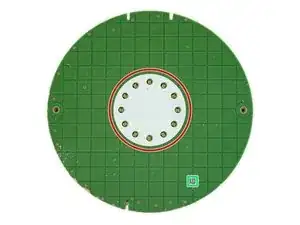
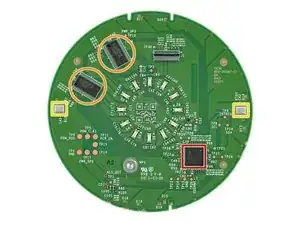
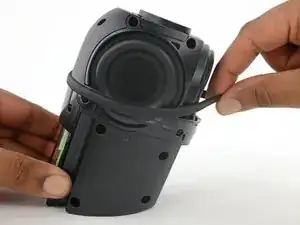
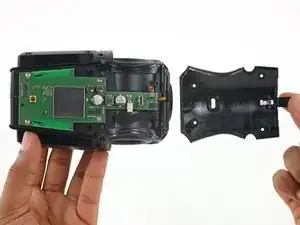
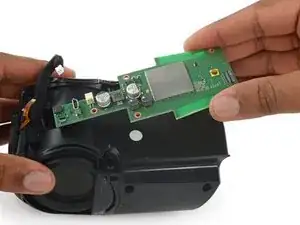
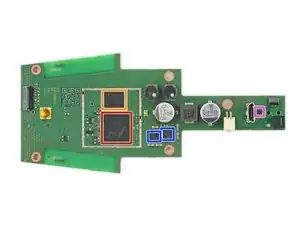
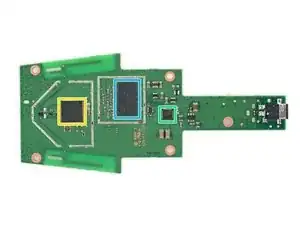
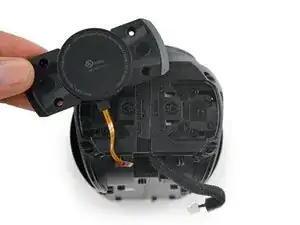
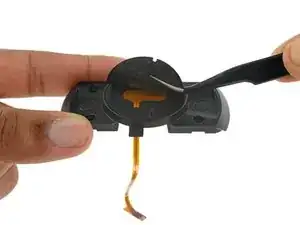
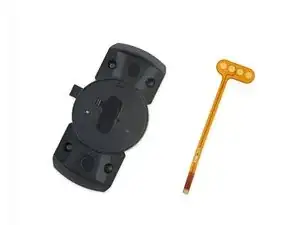
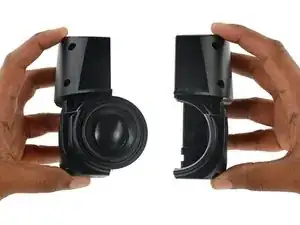
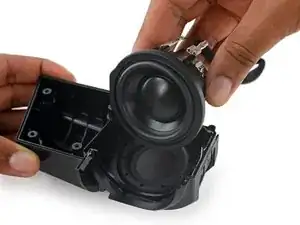
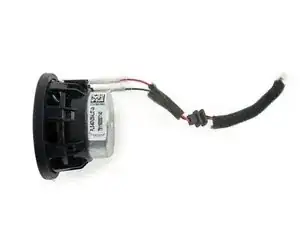
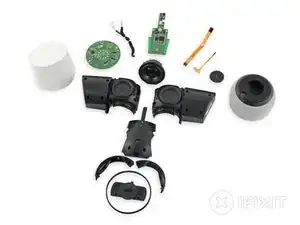
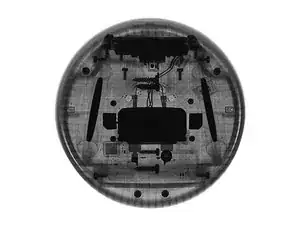

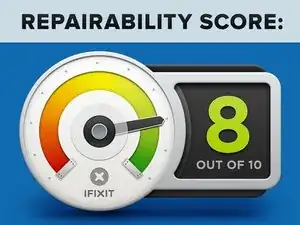

The shield on the back of the motherboard looks like a little house in this picture... intentional "home" easter egg?
kevlargibs -
This article is excellent. I’m a grade 7 student, and I’m writing a tech article at school about the design of Google Home smart speakers. I’m wondering if I can use your photos in my project. I’ll quote the source, of course. Thanks in advance. Evelyn
Evelyn Zhu -